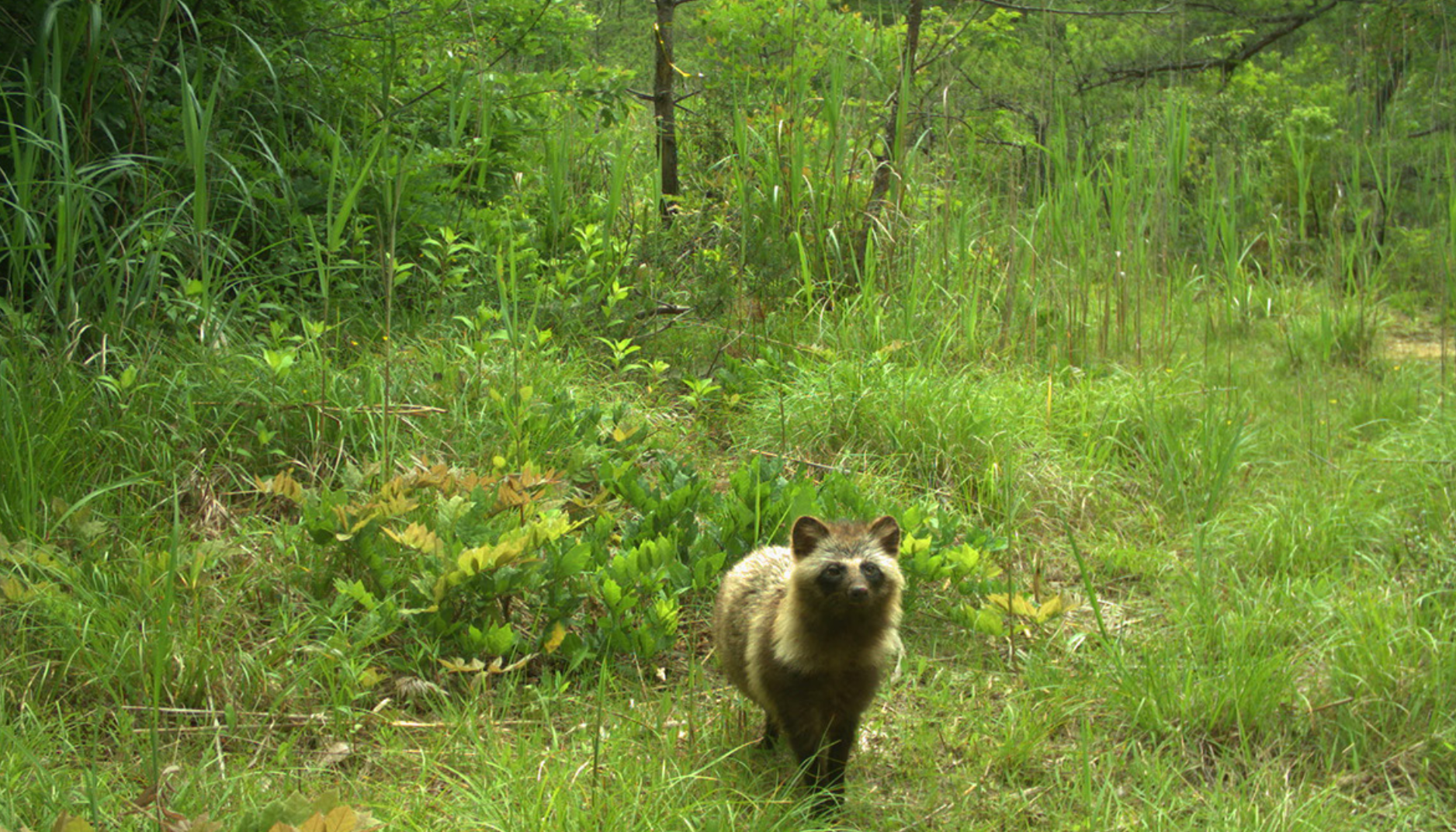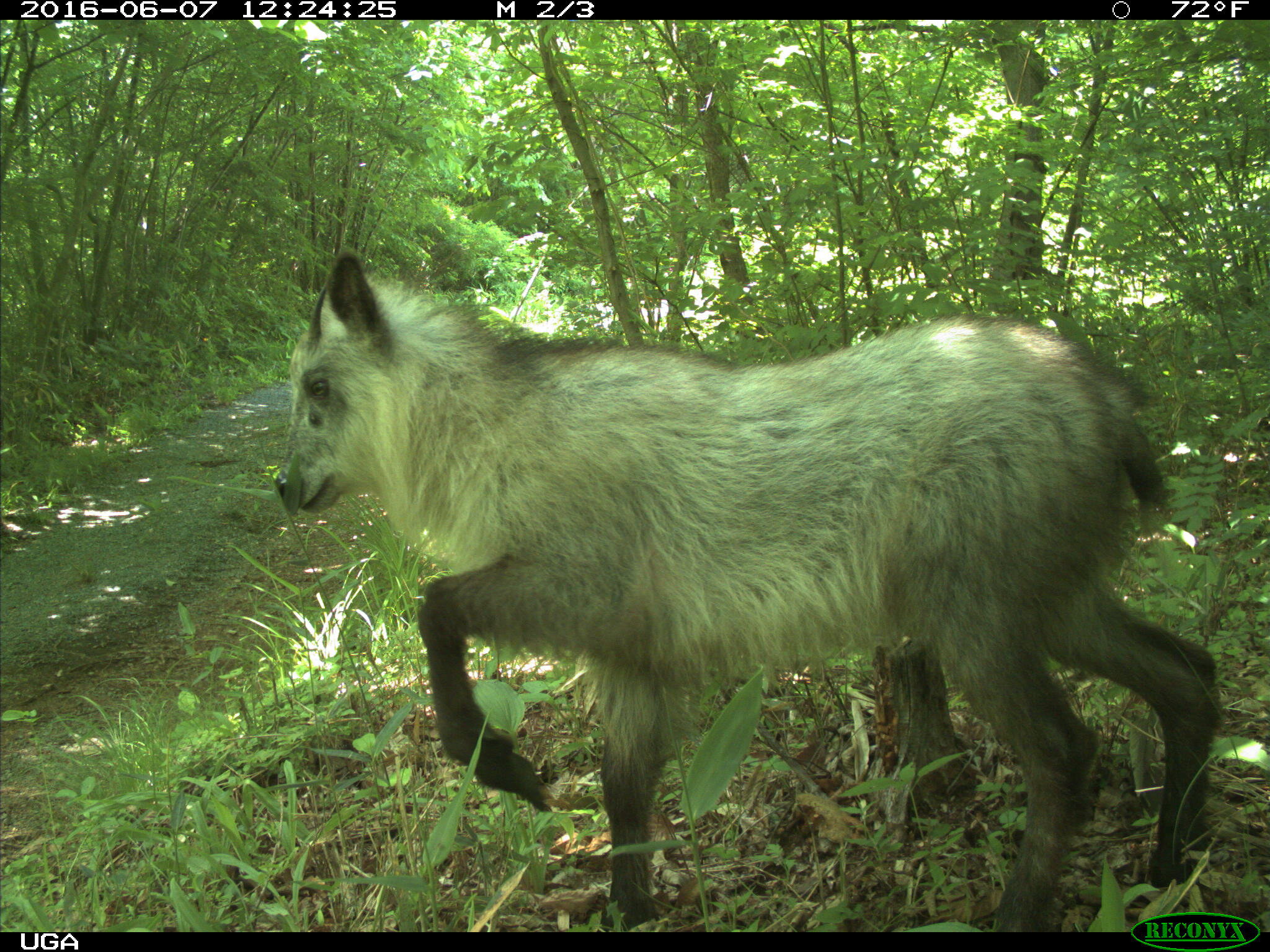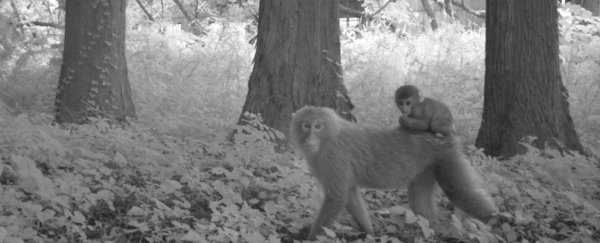It's been nearly nine years since the Fukushima Daiichi nuclear disaster, and the natural world has wasted no time in reclaiming its space.
Despite pervasive radiation, a new study suggests a sheer lack of human intervention is more than enough for wildlife populations to thrive.
In the five years following human evacuation, the Fukushima evacuation zone has become home to an abundant array of mid- and large-sized mammal populations.
Analysing over 267,000 wildlife photos, researchers were able to identify 20 species in the 'uninhabitable zone', including wild boars (Sus scrofa), the Japanese hare (Lepus brachyurus), macaques (Macaca fuscata), pheasants (Phasianus versicolor), foxes (Vulpes vulpes) and the raccoon dog (Nyctereutes procyonoides), which is related to the fox.
"Our results represent the first evidence that numerous species of wildlife are now abundant throughout the Fukushima Evacuation Zone, despite the presence of radiological contamination," says wildlife biologist James Beasley from the University of Georgia.
"This suggests these species have increased in abundance following the evacuation of people," he adds.
 (UGA)
(UGA)
The study focused on three areas around the Fukushima nuclear plant: one with the highest level of contamination and no human access, one with intermediate contamination and limited human access, and one with "background" radiation and open human access.
Placing 120 cameras around these spots, the authors sat back and waited. In areas where humans had been evacuated, they found no evidence that radiation had impacted mammal or bird communities.
While previous research has focused on identifying the presence and health of individual animals, this is one of the few studies to look at the population numbers as a whole.
This data, the authors say, provides unique evidence that human abandonment has more of an effect on animal populations than radiological exposure.
Similar to Chernobyl, which is now inhabited by brown bears, bison, wolves, lynxes, Przewalski horses, and more than 200 bird species, animals are also returning to Fukushima, especially in places off-limit to humans.
Wild boar, for instance, were up to four times more abundant in the Fukushima exclusion zone compared to the area controlled by humans.
"Similarly," the authors write, "the comparatively higher abundance of raccoons, a non-native generalist mesocarnivore, as well as macaques may be explained by exploitation of previously unavailable resources at the interface of rural development and wildlands."
In comparison, radiation levels and the geography of the region showed little influence on the distribution and abundance of these species.

"The terrain varies from mountainous to coastal habitats, and we know these habitats support different types of species. To account for these factors, we incorporated habitat and landscape attributes such as elevation into our analysis," explains Beasley.
"Based on these analyses, our results show that level of human activity, elevation and habitat type were the primary factors influencing the abundance of the species evaluated, rather than radiation levels."
 Japanese serow. (Lyons et al., Frontiers in Ecology and the Environment, 2020)
Japanese serow. (Lyons et al., Frontiers in Ecology and the Environment, 2020)
The only real exception was the serow, which is a goat-like mammal native to Japan. Normally, this species doesn't like to be around humans, but on camera, the serows kept showing up in settled areas.
The authors think this is probably because the uninhabited areas were home to an abundance of boar, which might have been enough competition to keep the serow out.
To be fair, the researchers didn't examine the health of individual species. But if these animals are suffering ill effects from radiation, it's not showing up at a population level, nor does it appear to impact their abundance in the long-term - far from it.
The study was published in Frontiers in Ecology and the Environment.
